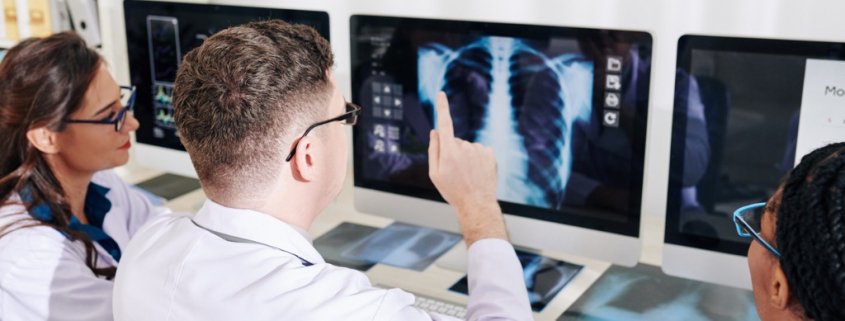PACS (Picture Archiving and Communication System) is a revolutionary technology that has transformed the way medical images are stored and shared within hospitals. In this blog post, we will explore the various aspects of PACS hospitals, including their benefits, features, and impact on healthcare delivery. By the end of this post, you will have a comprehensive understanding of how PACS hospitals are improving patient care and streamlining medical imaging processes.
What is a PACS hospital?
A PACS hospital, which stands for Picture Archiving and Communication System Hospital, is a medical facility that has implemented a digital imaging system for storing and sharing medical images. This advanced technology replaces traditional film-based methods of image storage, such as X-ray films and printed images. Instead, PACS hospitals use computers and servers to capture, store, and display medical images, making them easily accessible to healthcare professionals. The implementation of a PACS system in a hospital helps streamline the workflow, improve efficiency, and enhance patient care. By digitizing medical images, healthcare providers can quickly retrieve and compare images, leading to faster and more accurate diagnoses.
Additionally, PACS hospitals can securely share medical images with other healthcare facilities, enabling seamless collaboration and improving patient outcomes. Overall, a PACS hospital revolutionizes the way medical images are managed and shared, contributing to the advancement of modern healthcare.
How does PACS improve the efficiency of medical imaging?
– PACS allows for quick and easy access to medical images, eliminating the need for physical film and manual retrieval.
– Medical images can be retrieved and viewed remotely, enabling healthcare professionals to make faster diagnosis and treatment decisions.
– PACS also enables simultaneous access to medical images by multiple healthcare providers, facilitating collaboration and reducing the need for duplicate tests.
What are the benefits of PACS hospitals for patients?
– PACS hospital ensures that patient images are readily available to healthcare providers, leading to faster diagnosis and treatment.
– Patients can avoid unnecessary exposure to radiation from repeat imaging tests as their medical images are easily accessible.
– PACS allows for seamless sharing of medical images between healthcare facilities, enabling better continuity of care and reducing the need for patients to repeat tests when seeking treatment elsewhere.

How does PACS hospital improve healthcare delivery?
– PACS facilitates better communication between healthcare providers, enabling efficient exchange of information and improving care coordination.
– The ability to view and analyze medical images remotely enables faster consultations with specialists, reducing patient wait times.
– PACS also provides a secure and reliable platform for long-term storage of medical images, ensuring that patient data is protected and easily retrievable.
Conclusion
PACS hospitals have revolutionized the way medical images are managed and shared, leading to improved patient care and streamlined healthcare delivery. By leveraging advanced technology, PACS hospitals enable healthcare providers to access medical images quickly, collaborate more effectively, and make timely diagnosis and treatment decisions. As the healthcare industry continues to evolve, PACS hospitals will play a crucial role in enhancing patient outcomes and optimizing the efficiency of medical imaging processes.

